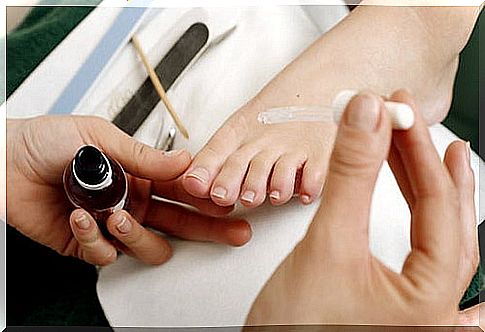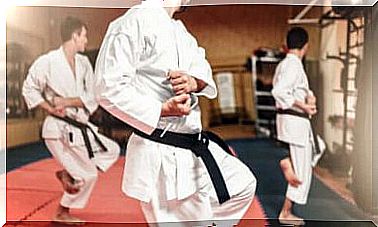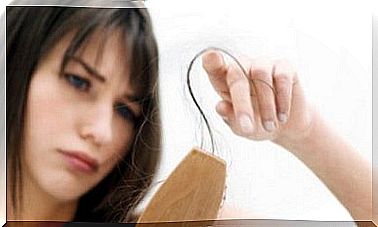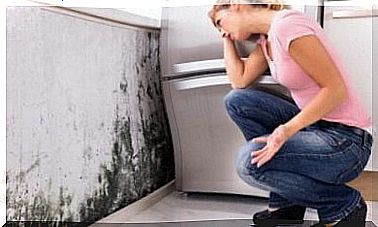How To Cure Whitlow Naturally?
We must wear shoes that respect the natural shape of our feet, and allow them to breathe. We absolutely must avoid high-heeled shoes.

Paronychia are annoying and painful inflammations that form around the nails when they are ingrown and which can sometimes cause infection in this area.
In this article, we explain to you what are the symptoms and the possible causes, and we present you some home and natural remedies to treat them quite simply by using ingredients that are usually found in our kitchens: lemon, salt , thyme, onion, eggs or carrots.
What are the symptoms ?
It is a whitlow when we see swelling of the skin around the nail that is red and inflamed, usually painful, which sometimes becomes infected and fills with pus.
Probable causes
A whitlow can be the consequence of one or more of these causes:
- Nail too long
- A deformed nail that grows badly
- An ingrown nail that penetrates the flesh
- Unsuitable shoes that put a lot of pressure on the toes
- Excessive sweating
- Trauma
- Skin diseases
An infusion of thyme
Thyme is a medicinal plant which has many advantages, for example that of fighting inflammation and infection, and moreover it relieves pain; it is therefore an excellent remedy for treating whitlow.
Prepare an infusion with two tablespoons of thyme for one cup of water. Boil for five minutes and once the infusion has cooled, put your finger to soak for 5 to 10 minutes. Do this several times a day.

Lemon and salt
These simple ingredients will provide us with an effective treatment for whitlow. Make a hole in a lemon, add sea salt to it, insert your diseased finger and leave for twenty minutes. Do this daily until the whitlow heals.
Lemon and salt are both disinfectant and anti-inflammatory.
An onion-based poultice
Onion is an excellent anti-inflammatory drug that is used to treat multiple infections, and in this particular case it can be very useful to us if we apply it by the following simple procedure.
Boil an onion in water to cook it, then triturate it well and once warm, put it in sterile gauze. Apply this poultice to your sick finger and you can even wrap it with a bandage to let it work for at least two hours.
A carrot-based poultice
You can choose from these remedies, each as effective as the next, the one that will be easier for you to prepare according to the products you have at home, and you can also alternate them to find out which of them suits you. the best.
For example, this one is similar to the previous poultice and just replace the onion with the carrot. In addition to its effect on whitlow, the carrot also has a revitalizing action for the skin.
Apply this poultice three times a day, for fifteen minutes.
Egg white
This remedy acts quickly and also gives very good results if it is applied without interruption until an improvement is observed. Just beat an egg white and apply it to the affected area several times a day. Egg white can be stored for about three days in the refrigerator.
Can we avoid whitlow?
You can prevent their occurrence if you take care to follow the following tips:
- Cut your nails regularly by giving them a harmonious shape, without forgetting to remove the cuticles, and get in the habit of using a file to leave no sharp ends.
- Avoid wearing shoes that are too tight and choose a model that takes into account the natural shape of your feet and is ventilated. Avoid shoes with high heels.
- If you have been hit or have been stepped on, apply a natural remedy even if it does not seem too serious.
- Regularly moisturize your hands and feet with creams that contain vitamin E or vegetable oils.
- If you have fungus, apply a drop of pure tea tree essential oil to the affected area every day, as it is a strong antifungal.

One last recommendation: if the whitlow is infected and the infection does not subside or spreads, go see a doctor as soon as possible to avoid possible complications, which are infrequent but which could occur if you cannot be treated, such as losing a nail, having an abscess or getting a bigger infection, etc.









